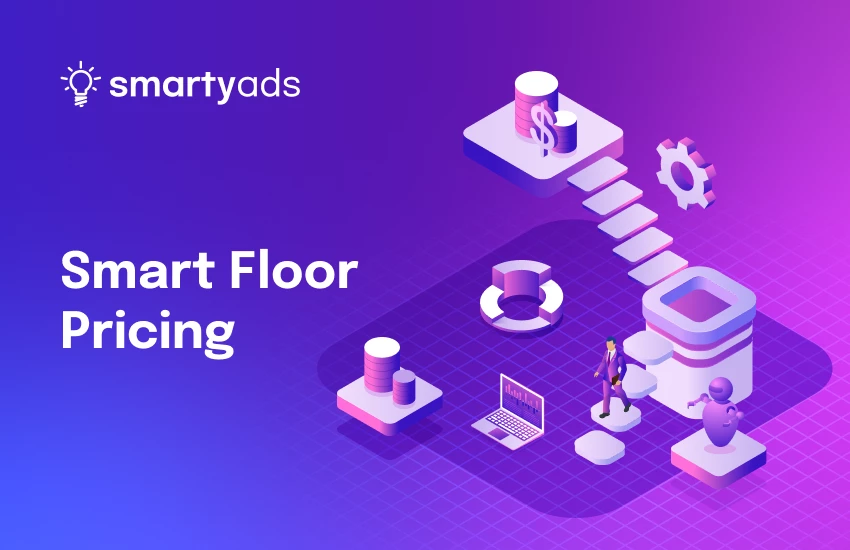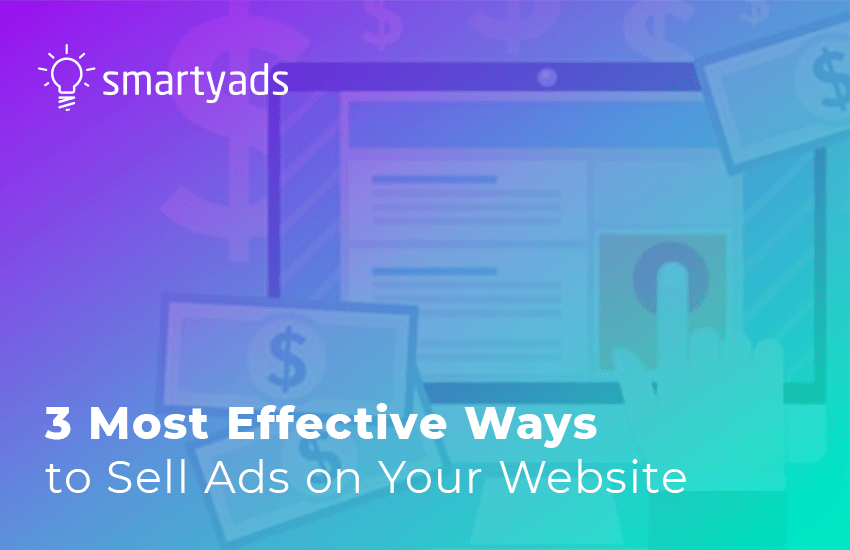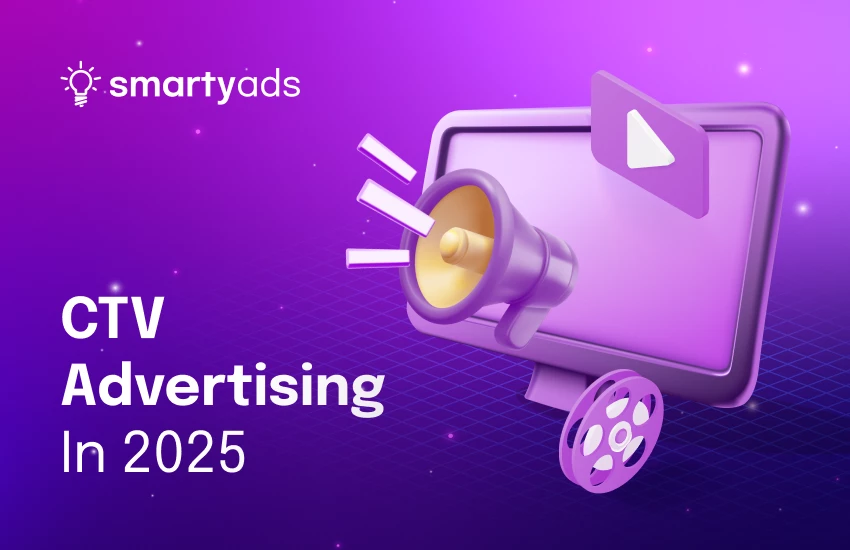In programmatic advertising, a floor price is a very valuable instrument for publishers that enables them to optimize their revenue and effectively monetize their ad space. It is the minimum bid a publisher sets for their ad inventory. You may think of it as a safety net to ensure your impressions aren’t sold for less than they’re worth. This minimum can be applied globally, per placement, or dynamically based on context.
Why does this matter for publishers? Because floor price optimization isn’t just about earning more per impression. It’s more about finding the sweet spot that balances fill rate, demand, and CPM. Without proper price optimization, publishers risk two costly scenarios. The first one is overpricing, where your inventory gets few bids, and impressions go unsold. Another possible outcome is underpricing, where you fill every slot but at the cost of potential revenue.
In this guide, we’ll cover both the theoretical foundations of different pricing strategies and their practical application inside SmartyAds SSP, with tips tailored to our platform.

Understanding floor price optimization: key concepts and strategies
In programmatic, mastering the floor price for ad optimization is crucial for publishers who want to maximize revenue without compromising fill rates. Floor prices serve as a mere pricing threshold. Basically, it allows a publisher to set up the minimum CPM (cost per mille) for ad impressions on their inventory. Let’s explore the key terms, strategy types, and practical tips for choosing a smart pricing approach.
Key terms every publisher should know
Before we dig any deeper, let’s start with some basic terms explanation so you grasp the general ideas better.
- Static floor pricing: a typical practice of setting a fixed minimum price for inventory. Whether they want it or not, buyers must meet or exceed this "hard floor" to win an impression. This approach is easy in implementation, it offers full control but, at the same time, it lacks flexibility.
- Dynamic floor pricing: this flexible option automatically adjusts the floor based on real-time factors such as user behavior, ad placement performance, etc. This allows publishers to respond to market fluctuations in a more agile way.
- Floor bidding: refers to how demand-side platforms (DSPs) react to the floor prices set by publishers. If the floor is too high, DSPs may skip bidding, leading to missed opportunities. If it's too low, impressions are sold at suboptimal rates.
- Price optimization: the broader process of refining pricing to achieve the best balance between CPMs and fill rates. It’s not about always raising prices — it’s about setting the right price.
- Dynamic pricing strategy: leverages automation and real-time data to set prices that reflect the true value of impressions. This is becoming increasingly popular as it helps maximize yield across varied inventory.

Static vs. dynamic pricing strategies: which one to choose?
Static floor pricing has long been a default choice for many publishers. Surely, it offers predictability and simplicity. All you do is you set it and forget it. However, the main downside is that it doesn't take into consideration constant fluctuations in demand, user value, or campaign goals. As a result, you might either undervalue your inventory or set the bar too high and lose bids altogether.
By contrast, dynamic pricing (or also called optimal pricing on SmartyAds SSP) uses machine learning and historical data to constantly adapt to what the market is willing to pay. This strategy is trending in the industry because it enables publishers to:
- Capture higher CPMs when demand is strong
- Avoid underpricing premium users or placements
- Maintain competitiveness during low-demand periods
Such a data-driven approach to floor pricing helps publishers make informed decisions rather than relying on guesswork. By analyzing relevant metrics, publishers can better understand what their inventory is truly worth.
Platforms like SmartyAds SSP are now offering built-in optimal floor pricing capabilities that make it easier for publishers to experiment, test, and automate pricing without relying solely on manual input. In addition, publishers can access detailed reporting dashboards that simplify this analysis and help tailor price floors accordingly.
Common pitfalls: overpricing and underpricing
While optimizing floor prices on ads for publishers, it’s possible to face two major risks: overpricing and underpricing.
Tips to avoid overpricing, which can reduce bid participation and lower fill rates:
- Monitor win rates regularly
- Test small incremental price changes rather than large jumps
- Segment inventory by quality and value, setting differentiated floor prices
Tips to avoid underpricing, which can lead to revenue loss:
- Don’t rely solely on average CPMs — look at bid landscapes
- Review which buyers are consistently winning and how much they’re willing to pay
- Use demand insights to raise floor prices gradually where possible
Remember: optimization is not a one-time action. It's a continuous process that should be revisited regularly to reflect changing market conditions.
Adopting the right pricing strategies will empower you to better align inventory value with buyer expectations. And with the help of dynamic floor pricing tools offered by modern SSPs like SmartyAds SSP, you can shift toward a more intelligent, revenue-focused approach.
From theory to practice: how to apply optimal floor pricing in SmartyAds SSP
Once you understand the theory behind floor price optimization, the next step is applying it effectively in your daily operations. SmartyAds SSP provides the tools and flexibility publishers need to put both static and dynamic pricing strategies into action. In this section, we’ll walk through where and how to manage floor prices in the platform, how to test changes, and when to use specific strategies for the best results.
Setting up floor pricing in SmartyAds SSP
To start optimizing your inventory, log into the SmartyAds SSP dashboard. When you add a new inventory item, you’ll define basic settings such as the Inventory Name, Platform (Android, iOS, Website, or CTV/OTT), Category, and any Blocked Categories or Domains. However, the key to monetization lies in the placement configuration, where floor pricing truly comes into play.
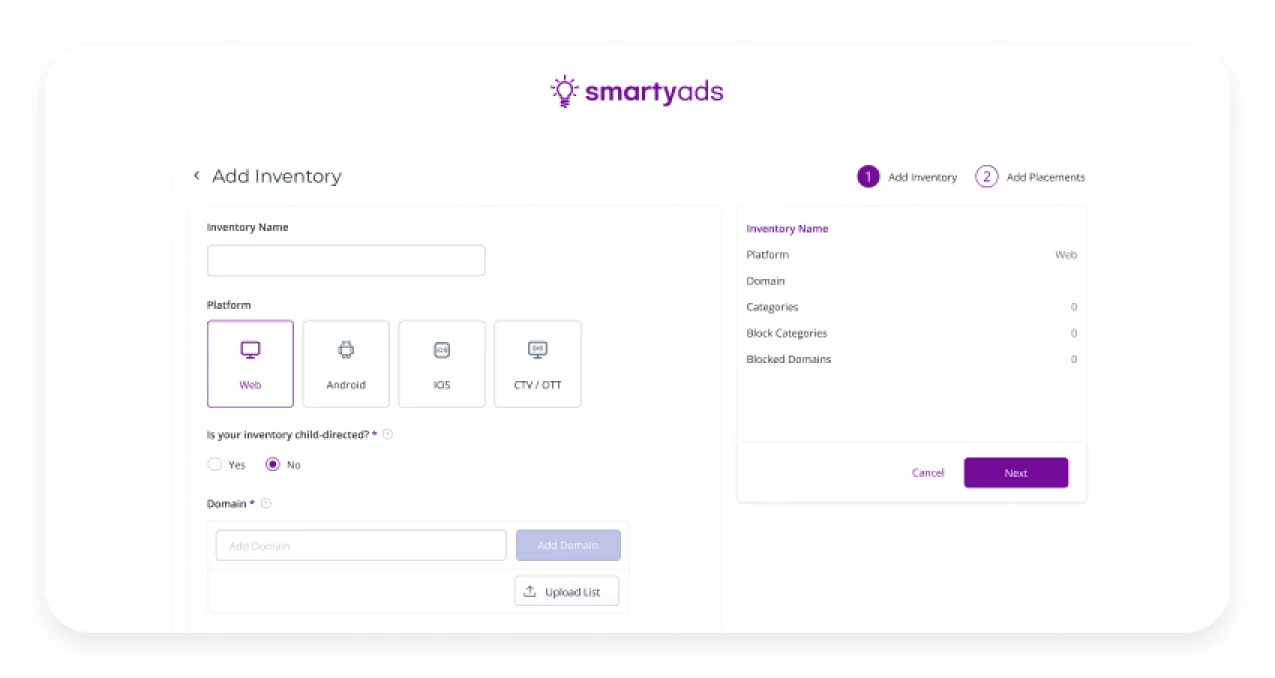
Each placement you add allows you to set multiple parameters such as ad size, position, transition effects, and importantly, pricing options:
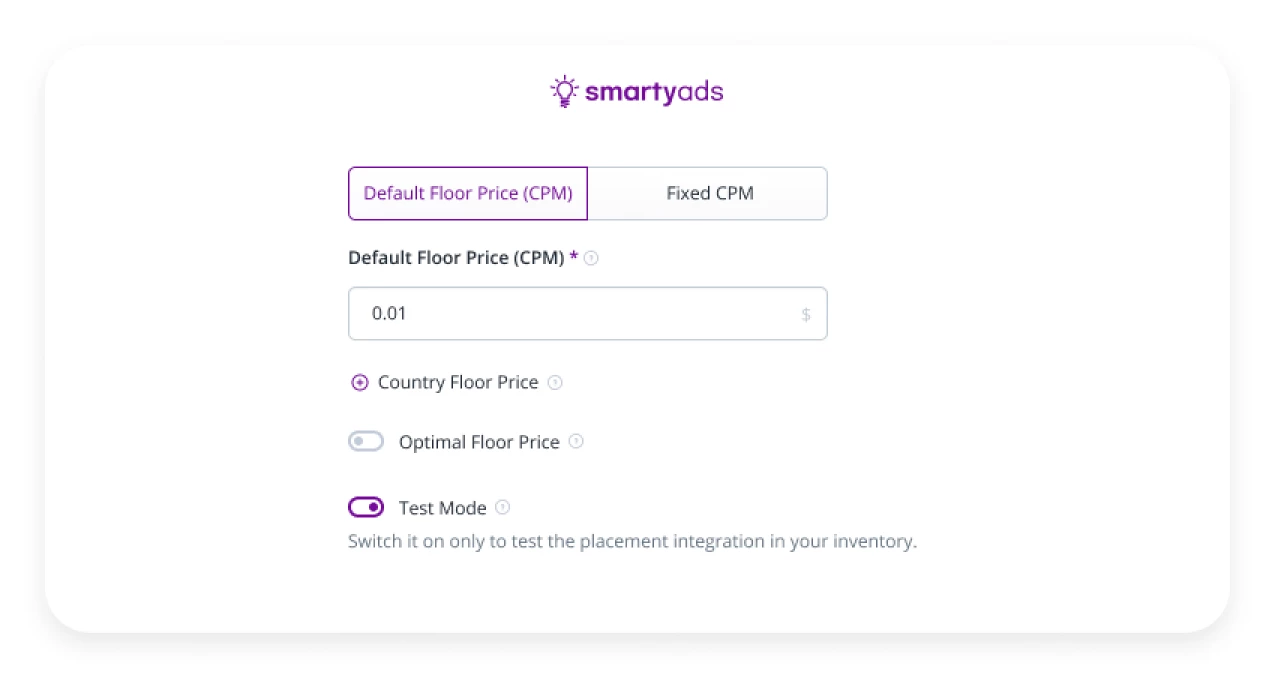
- Default floor price: This sets the minimum bid you’re willing to accept for impressions. It acts as your base-level protection against low-quality demand.
- Fixed CPM: This option allows you to sell inventory at a predetermined price, useful in private deals or direct campaigns where price stability is critical.
- Optimal floor price: By enabling this feature, you allow the system’s AI to dynamically adjust the floor price based on real-time market signals and historical performance — this is dynamic floor pricing in action.
- Country floor price: Tailor your strategy even further by setting custom floors for specific GEOs, ensuring you capitalize on higher-bidding markets.
These tools give publishers the power to apply different pricing strategies across placements balancing static pricing for control with dynamic strategies for responsiveness and yield maximization.
Tips for testing and optimization
To get the most out of floor pricing, it’s crucial to test and monitor changes regularly. SmartyAds SSP provides easy access to placement-level analytics, so you can assess how your pricing settings affect fill rate, eCPM, and overall revenue.
Here are key testing recommendations:
- Start with a Default Floor Price and observe how it impacts your fill rate.
- Enable Optimal Floor Price on selected placements to see how the AI-driven pricing compares to your manual setup.
- Use Test Mode for safe experimentation. This ensures your settings are configured correctly without impacting live revenue.
- For international traffic, set Country Floor Prices in top-performing regions to secure higher bids.
By iterating gradually and reviewing performance data, you’ll gain the insights needed to strike the perfect balance between maximizing revenue and maintaining healthy demand.
When to use default vs. optimal floor pricing
- Choose default floor pricing when running guaranteed deals or if you want full control over minimum pricing thresholds.
- Opt for optimal pricing strategies when working with open auctions where bid volatility is high and automation can improve profitability.
- Mix both within your inventory — static floor on premium, high-performing placements and dynamic on less competitive ad spots, where automation can improve revenue.
Ultimately, successful floor price programmatic optimization in SmartyAds SSP depends on understanding your audience, demand sources, and traffic behavior. The platform offers the flexibility to implement advanced pricing strategies without overcomplicating your workflow.
Ready to take control of your pricing strategy? Set your first optimal floor price now in SmartyAds SSP or explore more tools in your publisher dashboard.
Unlock the full value of your inventory with smart pricing
In the programmatic ecosystem, getting your floor pricing strategies right can make all the difference. It’s up to you to choose between the average and exceptional ad revenue you may generate. Whether you’re using static floor pricing to have full control or dynamic floor pricing to respond to real-time market demand, fine-tuning your pricing approach ensures that every impression is monetized at its true value.
With SmartyAds SSP, publishers gain access to a flexible, intuitive platform where they can apply, test, and optimize pricing strategies with confidence. By leveraging advanced tools and data-driven automation, you reduce the risk of underpricing or overpricing, while maximizing fill rates and eCPMs.
Register on SmartyAds SSP — take the next step toward better ad optimization and smarter monetization today!

